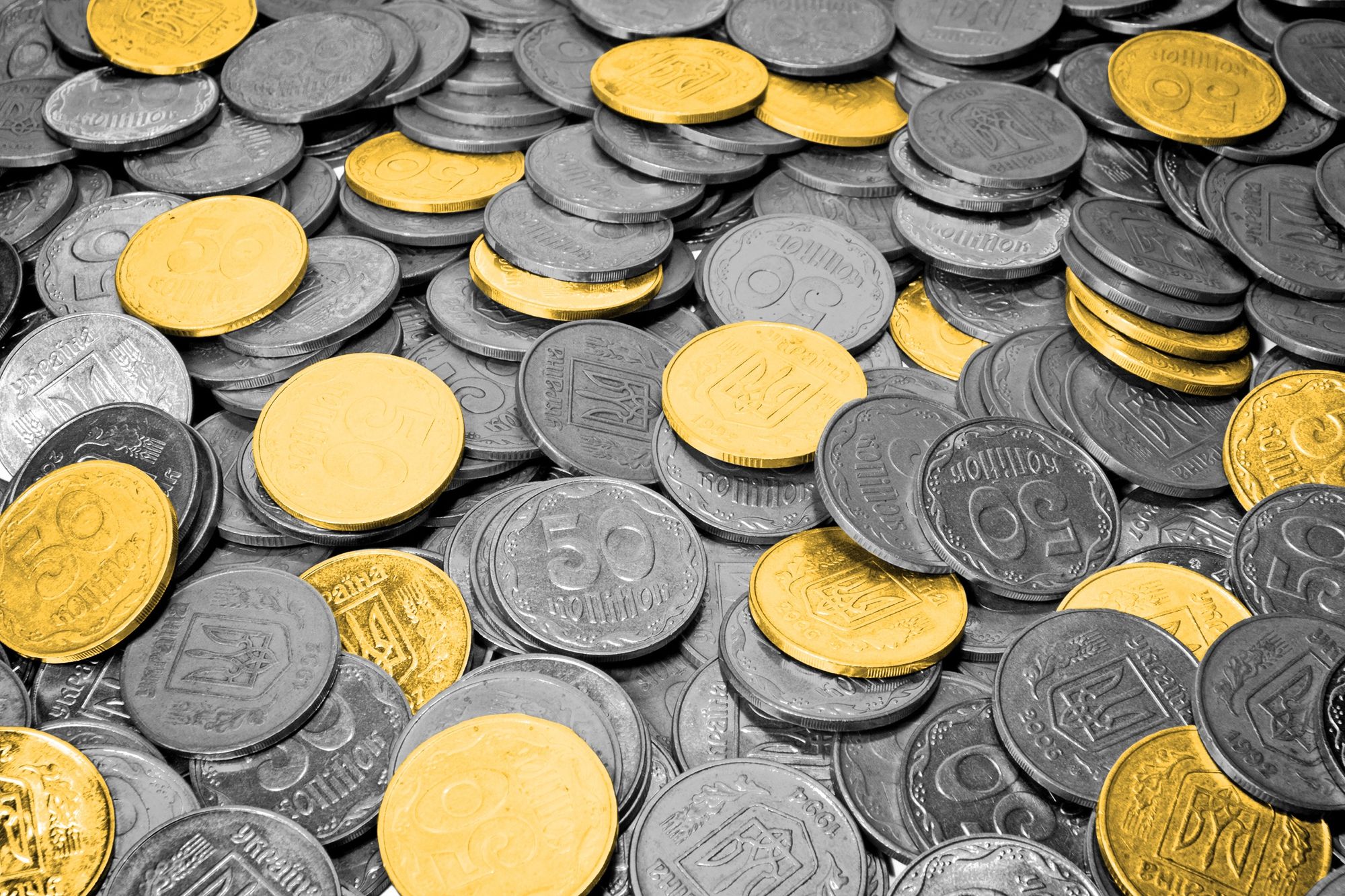

When Earth was about 200 million years old, it passed through a field of rocks suspended in space. The rocks smashed into our planet and embedded millions of tons of new elements in Earth’s crust — including gold. Over time, the particles coalesced into veins, forming the bulk of the gold later mined for use in jewelry, currency, artworks, electronics, and more. Here are seven facts about this marvelous metal.
Gold Has Unique Chemical Properties

Pure gold is sun-yellow, shiny, and soft, and has about the same hardness as a penny. It’s the most malleable metal: One gram of gold, equivalent in size to a grain of rice, can be hammered into a sheet of gold leaf measuring one square meter. Gold doesn’t rust or break down from friction or high temperatures. It conducts heat well and can be melted or reshaped infinitely without losing its elemental qualities. Gold can also be alloyed with other metals to increase hardness or create different colors. White gold, for example, is a mix of gold, nickel, copper, and zinc, while rose gold comprises gold, silver, and copper.
People Fashioned Gold Into Jewelry as Far Back as 4000 BCE

Cultures in the Middle East and the Mediterranean began using gold in decorative objects and personal ornaments thousands of years ago. The Sumer civilization of southern Iraq made sophisticated gold jewelry around 3000 BCE, and Egyptian dynasties valued gold for funerary art and royal regalia. By the time of the ancient Greek and Roman civilizations, gold was the standard for international commerce, and even played a role in mythology and literature. The story of Jason’s quest for the Golden Fleece may have emerged from an old method of filtering gold particles from streams with sheepskins.
Governments Have Used Gold as Currency for Millennia

Traders in the Mediterranean region used gold rings, bars, or ingots as currency for centuries, and Chinese merchants bought and sold goods with gold tokens as far back as 1091 BCE. In the sixth century BCE, the civilization of Lydia (in present-day Turkey) minted the first gold coins. Cities across the Greek world followed suit, establishing gold coins as the standard currency for trade with Persia, India, and farther afield.
The Search for Gold Fueled the European Invasion of the Americas

European nations’ lust for gold prompted numerous expeditions of discovery to the Americas, beginning in 1492 with Columbus’ voyage to Hispaniola. Spanish conquistadors found the Aztec and Inca cultures awash in gold, which the Native peoples viewed as sacred. The Indigenous leaders gave the conquistadors gifts of gold earrings, necklaces, armbands, figurines, ornaments, and other objects. Seeing the potential riches for the taking, the Spanish government quickly authorized the conquest of the Indigenous cities and requisition of their gold, spelling disaster for the Aztec and Inca peoples.
America’s First Gold Rush Took Place in 1803

Gold is spread across Earth’s crust in varying concentrations. Over the past two centuries, the discoveries of particularly large deposits have often sparked gold rushes. In 1799, 12-year-old Conrad Reed found a 17-pound nugget in a stream on his grandfather’s North Carolina farm, the first time gold was found in the United States. Four years later, the Reed Gold Mine opened and attracted other prospectors hoping to strike it rich. Gold rushes also occurred in California in 1848, Nevada in the 1860s, and the Klondike region in the 1890s. Major gold rushes took place in Australia in the 1840s and 1850s and in South Africa in the 1880s as well.
Today, Gold Is Everywhere From Your Smartphone to the ISS

Thanks to gold’s physical properties, it can be used for a huge range of applications in addition to currency, jewelry, and decorative objects. Dentists repair teeth with gold crowns and bridges, and some cancer therapies use gold nanoparticles to kill malignant cells. Gold also protects sensitive circuitry and parts from corrosion in consumer electronics, communication satellites, and jet engines. And gold sheets reflect solar radiation from spacecraft and astronauts’ helmets.
The U.S. Still Maintains a Stockpile of Gold

During the Great Depression, when the U.S. monetary system was based on the Gold Standard — in which the value of all paper and coin currency was convertible to actual gold — the federal government established the Fort Knox Bullion Depository in Kentucky to store the gold needed to back the currency. The U.S. eliminated the Gold Standard in 1971, but still maintains a gold stockpile at Fort Knox. Today, it holds about 147 million ounces of gold in bars roughly the size of a standard brick. That’s about half of all of the gold owned by the United States.
